For Her
The Benefits of Sunshine
We always hear about the dangers of the sun and how it can lead to premature aging and possibly cancer. While all of this is important, the sun is still a beautiful thing!
If you enjoy it safely (with proper sunscreen and limiting exposure time), sunshine can also be extremely beneficial to your health. So don’t spend your summer stressing and hiding from the sun. Instead, check out all the ways that soaking up some rays can help you!
- Elevate your mood – Sunshine and light help dispel seasonal affective disorder (a type of seasonal depression caused in part by lack of light). It can also help release serotonin (a hormone responsible for joyful feelings).
- Absorb and employ calcium – The sun delivers vitamin D, without which the calcium you consume wouldn’t be nearly as effective. This helps prevent osteoporosis and bone density loss.
- Maintain proper circadian rhythm – Exposing your body to sunlight halts production of melatonin (the sleep hormone) so that your body can wake up and maintain good day and night routines.


There are several other benefits still being researched, but many experts claim that sun exposure can lower blood pressure and strengthen the immune system too. Whether or not those prove true, sunshine is still one of nature’s greatest gifts to us. So get out and enjoy some rays this summer – safely!
Source: WebMD
Avoiding Ingrown Hairs
No matter what your method – shaving, waxing, tweezing, epilating, depilatory creams, or something else – ingrown hairs are a nearly unavoidable inconvenience. But with summer upon us, ingrown hairs are becoming more visible!
What Causes Ingrown Hairs?
An ingrown hair is actually created when the new hair begins to grow back out. If it doesn’t break through the skin’s surface properly, it will become trapped under the surface and form an irritated, red bump. Ingrowns also have high risk of becoming infected, causing them to look like an unsightly blemish.
How Can I Prevent Ingrown Hairs?
Exfoliation is key to preventing ingrown hairs. Exfoliate your skin daily after hair removal to help hair more easily break through the skin’s surface. If dead skin cells and a buildup of dirt and oil aren’t regularly sloughed away, they can become an added deterrent to any hair trying to break through.
How Can I Treat Ingrown Hairs?
While exfoliation helps to treat ingrown hairs, it works better as a prevention. To treat ingrowns, you can gently wash the affected area with a warm, wet wash cloth or soft bristle toothbrush. Scrub skin in a circular motion for several minutes.
According to the Mayo Clinic, you can also insert a sterile needle under the loop of the hair and lift the tip of the hair out of the affected area.
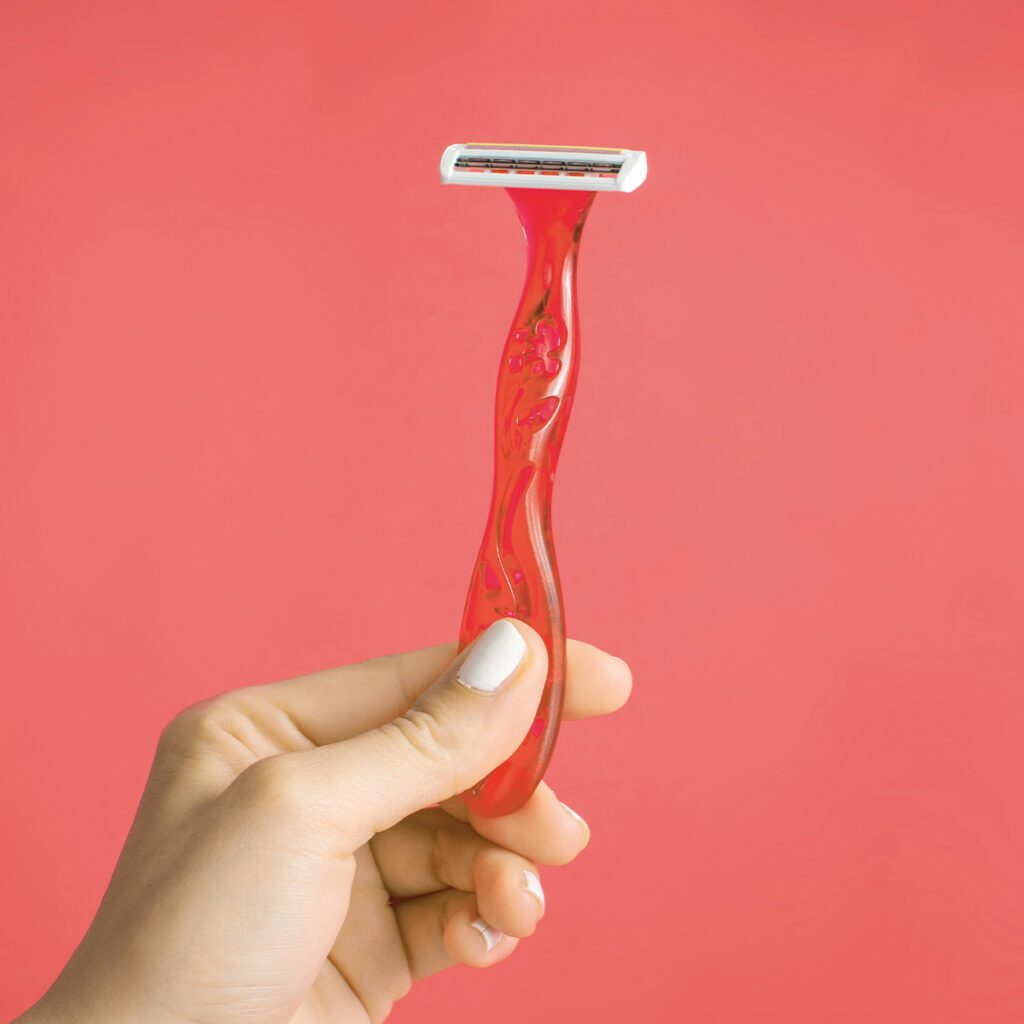


If ingrowns become a chronic concern, or if you feel uncomfortable treating ingrowns at home, you should consult a health care professional.
Source: The Mayo Clinic
For The Whole Family
8 Signs of Heat Stroke
Heat stroke can occur when your body overheats, and it’s serious business. It requires immediate emergency treatment to avoid brain and organ damage. Anyone is susceptible to heat stroke, and with the temperatures and humidity we endure here in the South, everyone should know how to recognize and tend to heat stroke victims. Here are eight signs and symptoms that point to heat stroke:
- Body temperature of 104 degrees or higher
- Altered behavior/mental state including confusion, slurred speech, irritability, or seizures
- Rapid breathing
- Elevated heart rate
- Headache
- Altered perspiration – Hot, dry skin indicates hot weather heat stroke; hot, moist skin indicates heat stroke from strenuous activity.
- Vomiting and nausea
- Flushed skin, pink or red in color
If you suspect someone is suffering heat stroke, take immediate action. Get them into shade and air conditioning if possible. Remove any excess clothing. Attempt to cool them by any method available – spray them with a hose, put them in a tub of cold water, sponge them off with cold water, or hold an ice pack on pulse points (head, neck, armpits, and groin).
Source: The Mayo Clinic
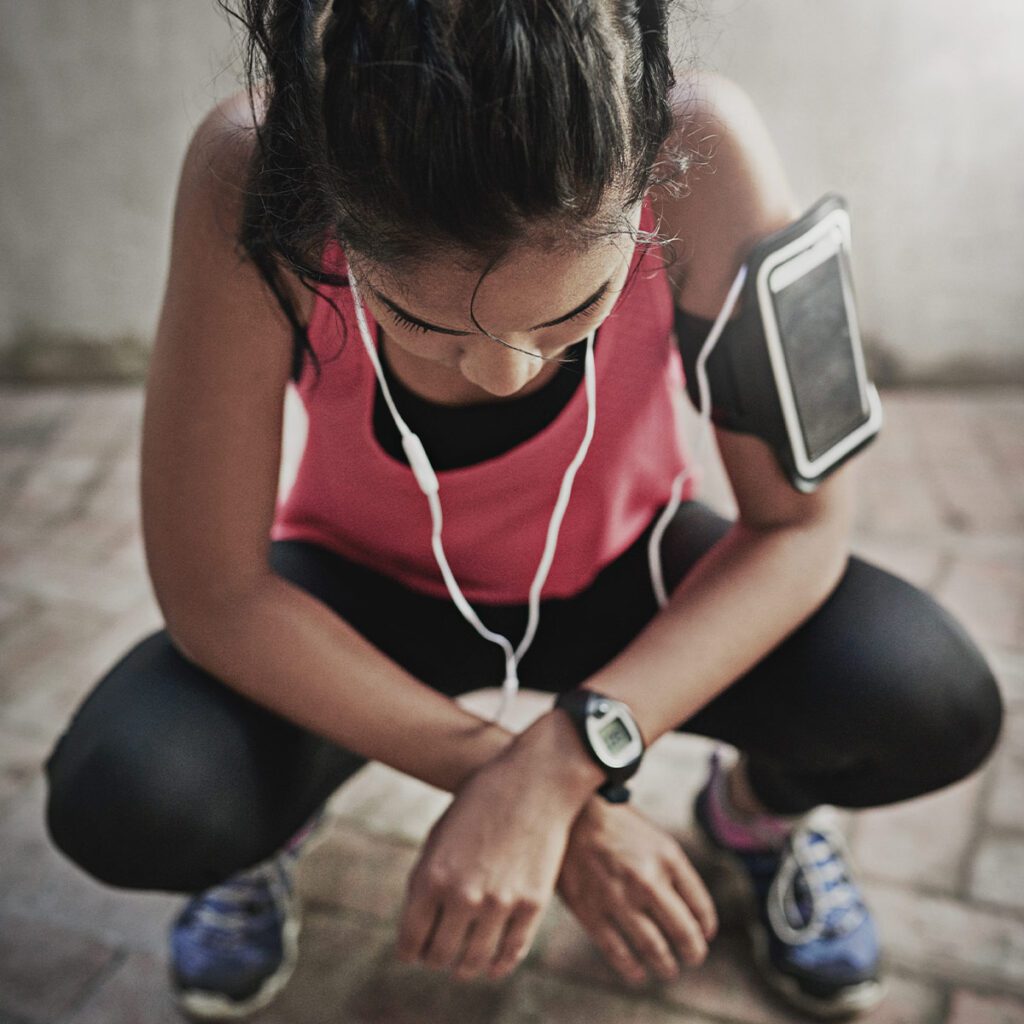


Preventing Deep Vein Thrombosis
With summer upon us, everyone’s thoughts tend to turn toward travel. Whether you’re jetting overseas or spending several hours in the car, that’s a lot of time cooped-up and sitting still. With little room to move or stretch, it is difficult for your blood to circulate properly. And with poor circulation, you run the risk of deep vein thrombosis or DVT (a blood clot in a deep interior vein, usually in the legs).
DVT is more common among older adults and on airplane flights (due in part to the cabin pressure that constricts circulation even more). The risk with clots is the possibility that they will dislodge and travel through the blood stream, causing blockages in vital areas like the heart or brain.
To avoid DVT during travel, the solution is fairly simple – you have to find ways to stimulate blood flow! It’s crucial to take breaks during road trips for walks and stretching, and to move around on a flight as much as possible. Stretching your legs out and contracting your calf muscles can circulate blood flow from your lower legs, even if you remain sitting down.
A few other simple prevention techniques include: taking a blood thinner or a baby aspirin before travel (if your doctor advises), drinking extra fluids, avoiding caffeine and alcohol, raising and lowering your toes while seated, and wearing loose-fitting clothes and compression socks!
Sources: The Mayo Clinic, WebMD
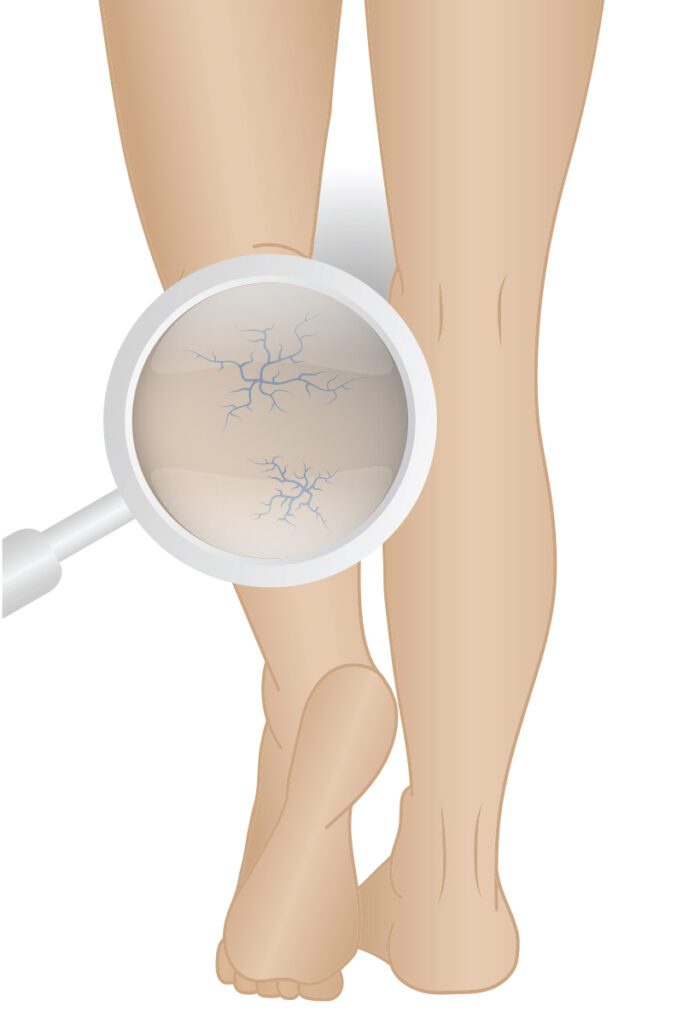


For Him
Yard Work Safety
The sun is shining, the plants are growing, and you’re changing the string in the weed eater again. Yard work is a great chance to get in a little exercise and vitamin D, but it can also be dangerous. Anytime you use equipment or spend a lot of time in the heat, accidents can occur. So check out these tips for staying safe out there!
Be sure you understand how to operate equipment and have thought through each project. Improper use of tools and equipment and simple mistakes lead to the most injuries.
Check tools and cords before use. Make sure all safety features are in place and working properly, and that cords are in good condition and away from water. Also, always make sure that power tools are completely disengaged, turned off, and unplugged before leaving them unattended.
Walk the yard or area you plan to work before starting. Remove rocks, sticks, and any other debris that could cause harm to your equipment or you.
Protect yourself from electric shock by knowing where any electrical lines lay under your yard before digging to plant or landscape. Also, opt to use a ground fault circuit interrupter (GFCI). These are available in formats that work with extension cords, or you can have them installed in your home’s electrical system.
Source: United States Consumer Product Safety Commission
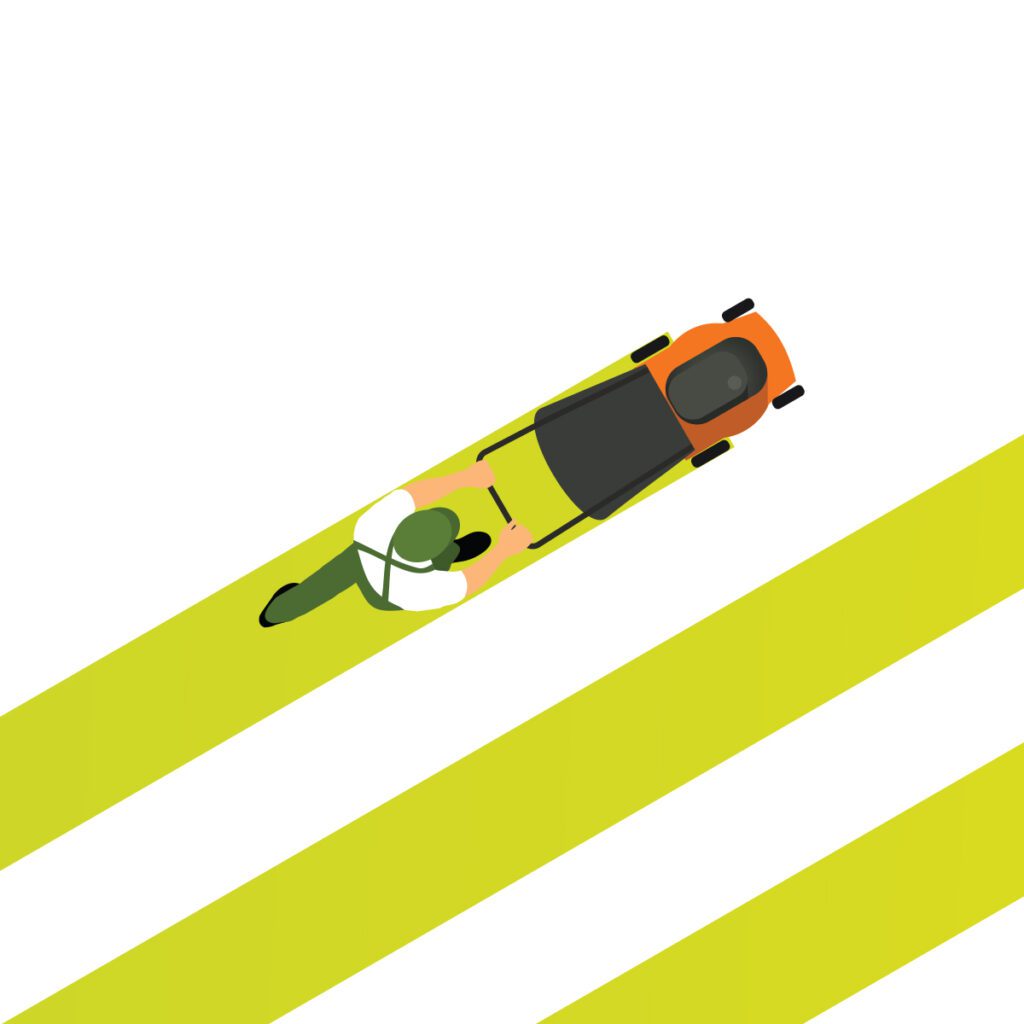


Save Your Skin from Sweat
Sweating is a natural and inevitable part of life. It’s actually very good for your body and your skin – it flushes out toxins and is part of your body’s natural process to cool down. So with the summer heat, sweat production is bound to increase, and that’s okay.
However, leaving sweat to dry on your skin can cause dirt, bacteria, and impurities that were just flushed out to be re-absorbed into your pores. This can alter your pH level and cause irritation, rashes, and acne breakouts. If sitting in sweat is causing you similar symptoms, check out these tips so you won’t have to sweat perspiration complications anymore!
Hydrate Drink plenty of water during sweat sessions. This will help balance the pH level of your perspiration, cutting down on impurities.
Wash Up First Yes, you’ll still have to wash afterwards too, but washing sensitive areas, including your face, will decrease the impurities present. If there are fewer toxins sitting on your skin, you’re less likely to break out with blemishes and rashes.
Clean Up Quickly Shower as soon as you’re able after sweating profusely, whether at the gym or after being outside on a hot day. Don’t let sweat stay on your skin!
You can also wear moisture-wicking clothes, wipe yourself with a clean towel, and choose pH-balancing deodorants and body washes to improve your skin’s condition.
Source: Stack Fitness
For Mom
Public Pool Health
Splashing in the pool is one of summer’s most anticipated activities. Of course, if you don’t have your own pool, you might find yourself frequenting a public pool. But public pools come with added drowning dangers, safety concerns, and sanitation issues. Here are a few suggestions for healthier swimming days with the kids:
Keep your kids healthy:
- Confirm that the lifeguard is on duty.
- Use a test strip (that you can purchase at many drugstores and pool supply stores) to test if the water’s pH, chlorine, and bromine levels are correct.
- Check to see if the drain in the deep end is visible. This visibility check lets you know if the water is clear enough for lifeguards to be able to see to the bottom of the pool.
- Make sure the drain cover is secure and unbroken – it can trap underwater swimmers if it is broken or loose.
- Teach kids not to open mouths or swallow water – that’s how germs spread quickly.



- Learn more about drowning prevention – drowning is a leading killer of children one to four years old while near drowning can cause brain damage, memory loss, learning disabilities, and more.
- Have everyone get out of the pool each hour. This is a great time to reapply sunscreen and let kids take a break so they aren’t too tired to be strong swimmers. Have them grab a snack to build back energy, and make sure they stay hydrated by having drinking water available.
- Fitted lifejackets are preferred floatation devices. They are safer than relying on inflated toys or floats.
- Always keep a close watch on kids. Drowning can happen quickly and silently.
Help others stay healthy:
- Don’t let children swim when they are sick or have diarrhea.
- Keep children out of the water if they have an open wound.
- Have children shower before swimming – a quick rinse is all it takes to wash off loose dirt and excess germs before getting in the water and allowing them to spread.
- Teach children to never urinate or defecate in the pool
- Take children on regular bathroom breaks.
- Check diapers and never change them near the pool.
Source: Centers for Disease Control
For New Moms
Newborn Nail Trimming Tips
Babies’ nails are soft, but that doesn’t mean they aren’t sharp! Babies can easily scratch themselves or you if their nails are not kept trimmed and filed. While it’s not a bad idea to have your baby wear infant mittens (specially designed to prevent face or eye scratching), you will also need to trim your baby’s fingernails a few times a week. Here are a few tips to make the process easier for you and your baby.
- Trim nails after bath time – nails will be softened from the warm water and easier to clip.
- Have someone else hold your baby while you trim their nails.
- Let your baby fall asleep first and trim while they’re sleeping.
- Always trim in a straight line. No need to get too fancy or leave points or corners that can scratch.
- Never bite your baby’s nails. You really shouldn’t even bite your own, but biting your baby’s nails can lead to infection of their sensitive skin.
- Peel the nail off, slowly, on your own or use baby-specific nail clippers (they’re much smaller and easier to use!).
- Avoid trimming too short. But make sure to file any overhanging nail so that it is not sharp.
- Trim fingernails two or three times a week.
- Trim toenails just once or twice a month (they grow more slowly).
Source: Mayo Clinic Guide to Your Baby’s First Year
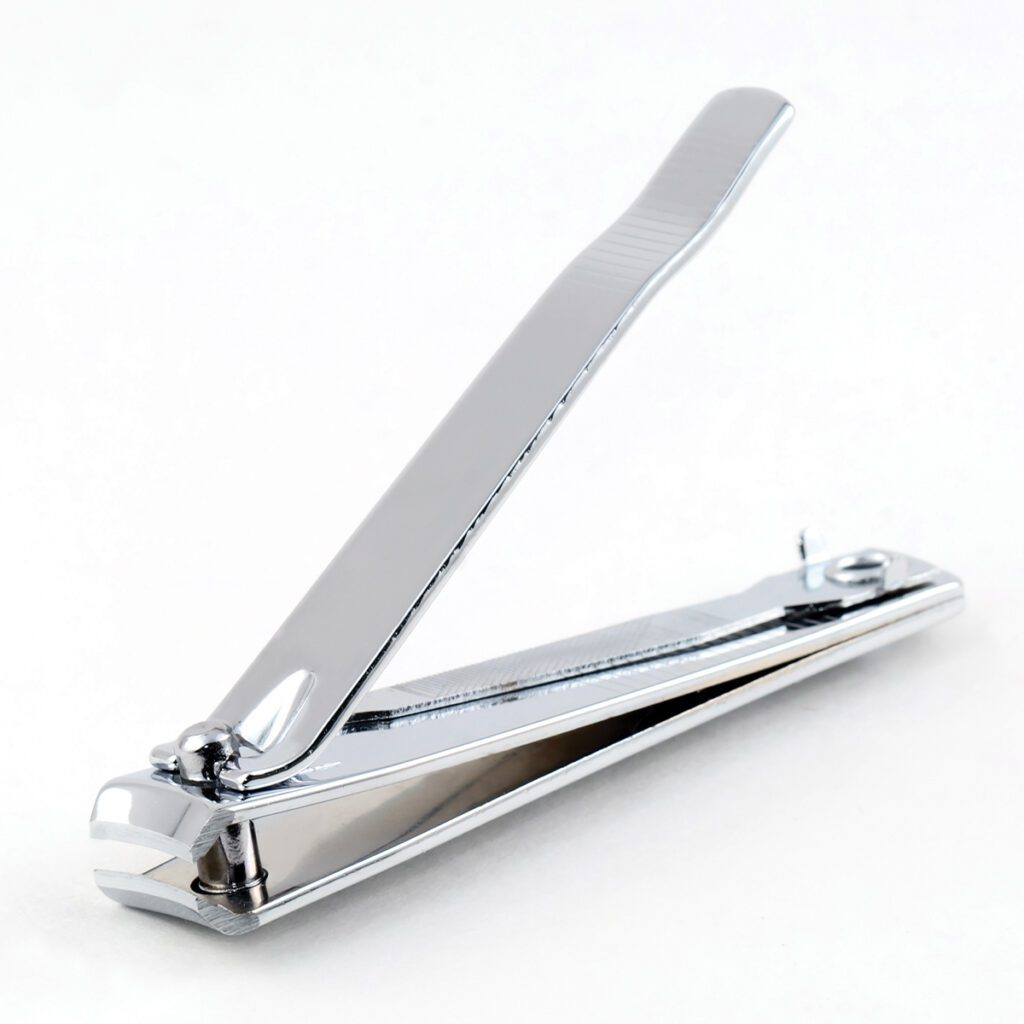


General Safety Tips for Your Newborn
This is one of the most special times for you and your new baby. Once you’ve brought them home and are embarking on your new life, you should take all the time you can to enjoy this experience and get to know your new little one. But as you’re adjusting to life at home, there are a few general safety tips that will help you feel secure in your new parenting!
- Keep up with all immunizations and doctor appointments.
- Breastfeed if you’re able. (This provides tons of health benefits to you and your newborn.)
- Keep your baby comfortable. Keep them warm, but don’t overdress. You want to avoid overheating. Light layers that are easily transitioned in and out of are a good option.
- Always put your baby to sleep on their back.
- Completely empty the sleeping area/crib of all toys, blankets, pillows, crib bumpers or wedges. Empty the sleep area of everything.
- Let your baby sleep in your room, or you should sleep in theirs.
- But do not sleep in the same bed as your baby.
- Consult your baby’s doctor if you have concerns. That’s what they’re there for, and they are able to offer insight and information that can give you peace of mind. The sooner any issues are detected and treated, the better.
Above all else, relax and enjoy this time with your child.
Source: WebMD
Kangaroo Care
“Kangaroo care” has become a common method of care used for preterm infants (babies born before the 37th week of gestation). This is where a premature infant is placed in an upright position, naked except for their diaper, and wrapped to the bare chest of a parent. Sometimes the infant is even wrapped to the parent and then tucked under the parent’s shirt. This method of skin-to-skin contact has proven to be very beneficial to both babies and their parents, and is usually recommended for several hours each day.
Benefits of Kangaroo Care:
- Infants
- Improved/regulated breathing
- Stabilized heart rate
- Improved levels of oxygen saturation
- Quicker weight gain
- Lessened crying
- Increased sleep time
- More success with breastfeeding
- Earlier release from hospital
- Parents
- Increased bonding
- Increased feeling of control
- Knowledge their baby is well cared for
- Gained confidence in parenting ability
- Increased breastmilk supply
Sources: The Cleveland Clinic and americanpregnancy.org
For The Home
Avoiding VOCs in the Home
Volatile organic compounds (VOCs,) come from different liquids and solids used throughout your home. They are emitted in a gas form by numerous everyday materials. They pose several health risks, but there are also several ways to avoid them.
VOCs Can Be Found In:
Lacquers, home furnishings, paint, adhesives and glues, pesticides, cleaning supplies, paint strippers, and building materials, to name a few.
Health Risks of VOCs:
- Elevated symptoms of asthma
- Irritation of throat, nose, or eyes
- Dizziness
- Nausea
- Headaches
- Vomiting
How to Limit Your Exposure:
- Increase ventilation in your home when using anything that contains VOCs.
- Follow precautionary label instructions or exceed their recommendations.
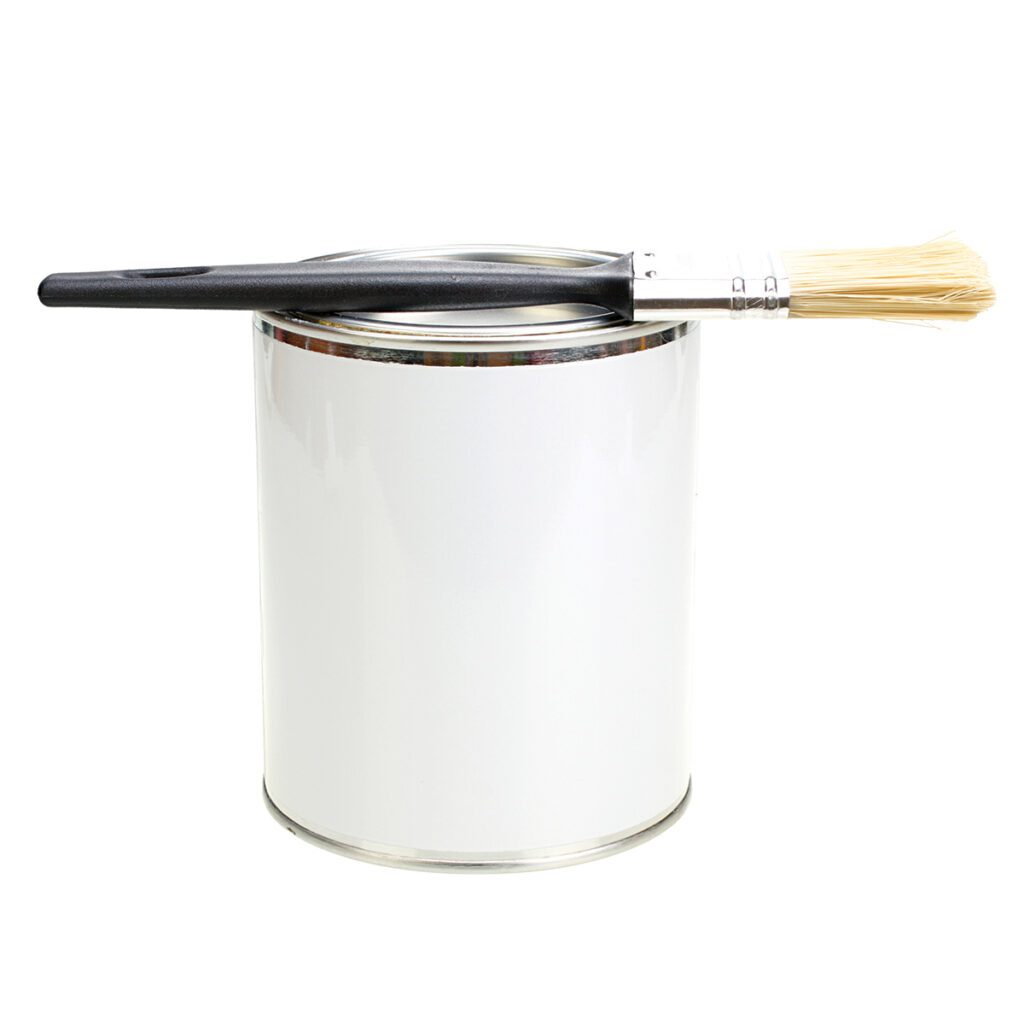


- Never mix household products without proper instruction.
- Follow manufacturer’s directions on household products.
- Allow plenty of fresh air during use.
- Buy products in quantities that you can use quickly.
- Safely dispose of unused products.
Source: greenandhealthyhomes.org
Asbestos
Contrary to common belief, asbestos (a mineral fiber rock used in many building materials) products are not completely banned in construction uses. The original 1989 ban on the majority of asbestos products was remanded in 1991. Consequently, there are several types of insulations, linings, and coatings (among other things) that still contain this hazardous material. It’s an appealing building material due to its high heat tolerance, but it can cause serious health complications when the fibers are inhaled.
Examples of Health Complications Caused by Asbestos Exposure:
- Increased lung cancer risk
- Asbestosis – a scarring of the lungs by fibrous tissue
- Mesothelioma – cancer in the lining of the abdominal cavity and chest



According to the Environmental Protection Agency (EPA), the most common threat encountered is from asbestos that has been disturbed or broken by movement, sanding, cutting, or some other disruption.
While buyers and leasers are supposed to be notified of any asbestos at the time of purchase or lease, this can sometimes be overlooked. Have your home inspected by a licensed professional who can sample and test suspicious materials. If materials test positive, you can have a licensed professional come in to remediate them. The most important thing to remember is not to touch or disturb asbestos. Leave it to the professionals.
Sources: EPA.gov and greenandhealthyhomes.org
For Your Financial Health
Beat Skimming Scams // RFID and ATM Theft
“Skimming” is a type of high-tech theft that involves a thief downloading your personal bank or credit card information or even information from your passport. The two most common forms include RFID and ATM skimming.
Radio-Frequency Identification (RFID) skimming is a form of digital theft that happens as quickly as pick-pocketing. Would-be thieves use a scanning device with radio frequency technology to download information from any RFID-based cards in your purse, pocket, or wallet while passing.
Automated Teller Machine (ATM) skimming is done by placing a physical card scanner inside other “trusted” scanners, such as at an ATM or gas pump, etc. You swipe your card to pay the gas station or withdraw money, and simultaneously the intruder card reader harvests your card information.
How to Avoid Skimmers



RFID: Wallets, purses, and sleeves designed with “RFID-blocking technology” are literally just designed to block the radio waves that your cards are designed to transmit. They are made from material, for instance metal, that is known to deter wireless signals. Alternately, you can just simply wrap your cards and passports in aluminum foil.
ATM: Check the area around the vestibule where you’ll be swiping your card. Look for small hidden cameras where would-be thieves might monitor their device. Check for tampering around the vestibule – things like a thin overlay on the key-pad that could read your personal identification number (PIN) or loose components on the actual card scanner. Press on, wiggle, and swipe your finger across the card scanner to feel for a foreign device inside the card slot.
Sources: Slate, Tom’s Guide, and PC Magazine
Pay Yourself First
This common phrase can be the key to boosting your financial health and easing worries associated with expenses and especially your financial future. According to Investopedia, less than a quarter of Americans have enough savings to cover six months of expenses in the case of an emergency and 26% have no savings at all!
If, like most Gen Xers and Baby Boomers, your number one concern has to do with retirement, paying yourself first is a strategy you might want to fully embrace.
It’s simple – pay yourself before any other expenses come out of your budget, by scheduling automatic transfers to designated savings or retirement accounts each time a paycheck is deposited. This is usually an easy transfer to schedule, either by yourself online, or with the help of an associate at your bank.
This strategy is considered the “gold standard” by many financial planners, because it safeguards your retirement and personal contributions for your future, ensuring they continue, uninterrupted.
Sources: Investopedia and Williams Wealth Management




